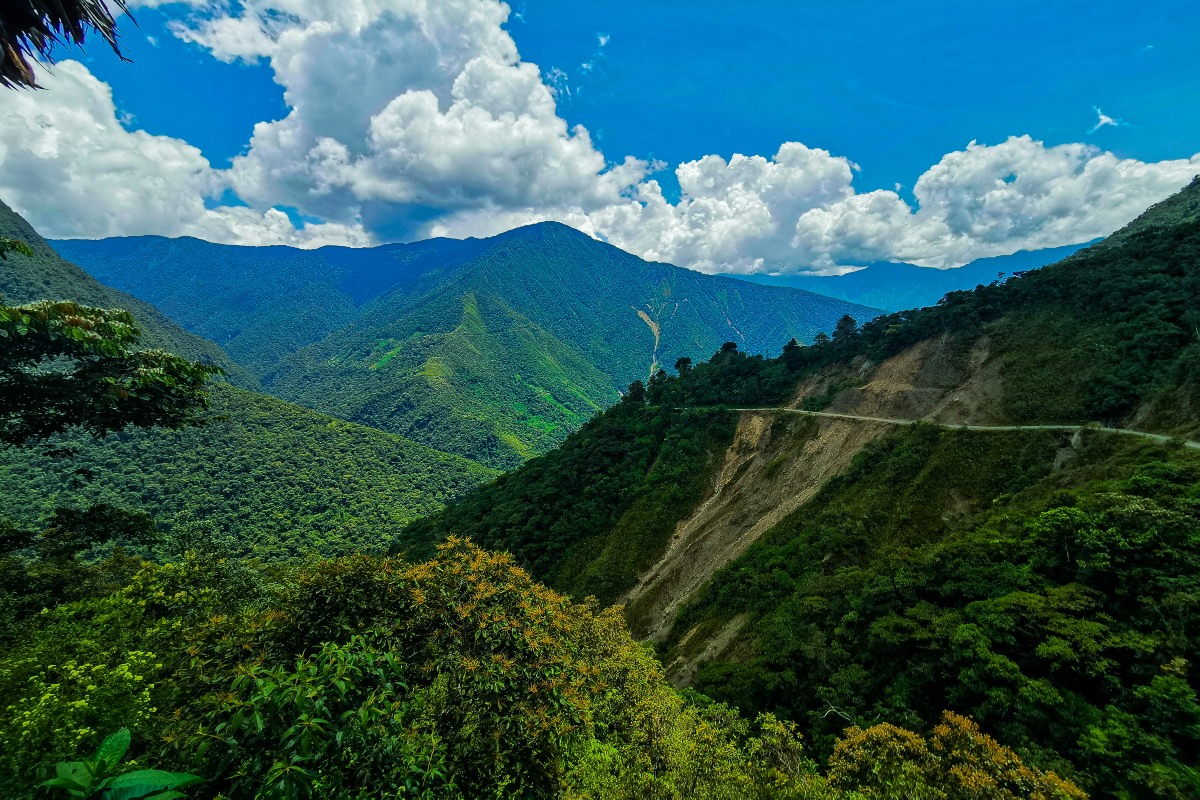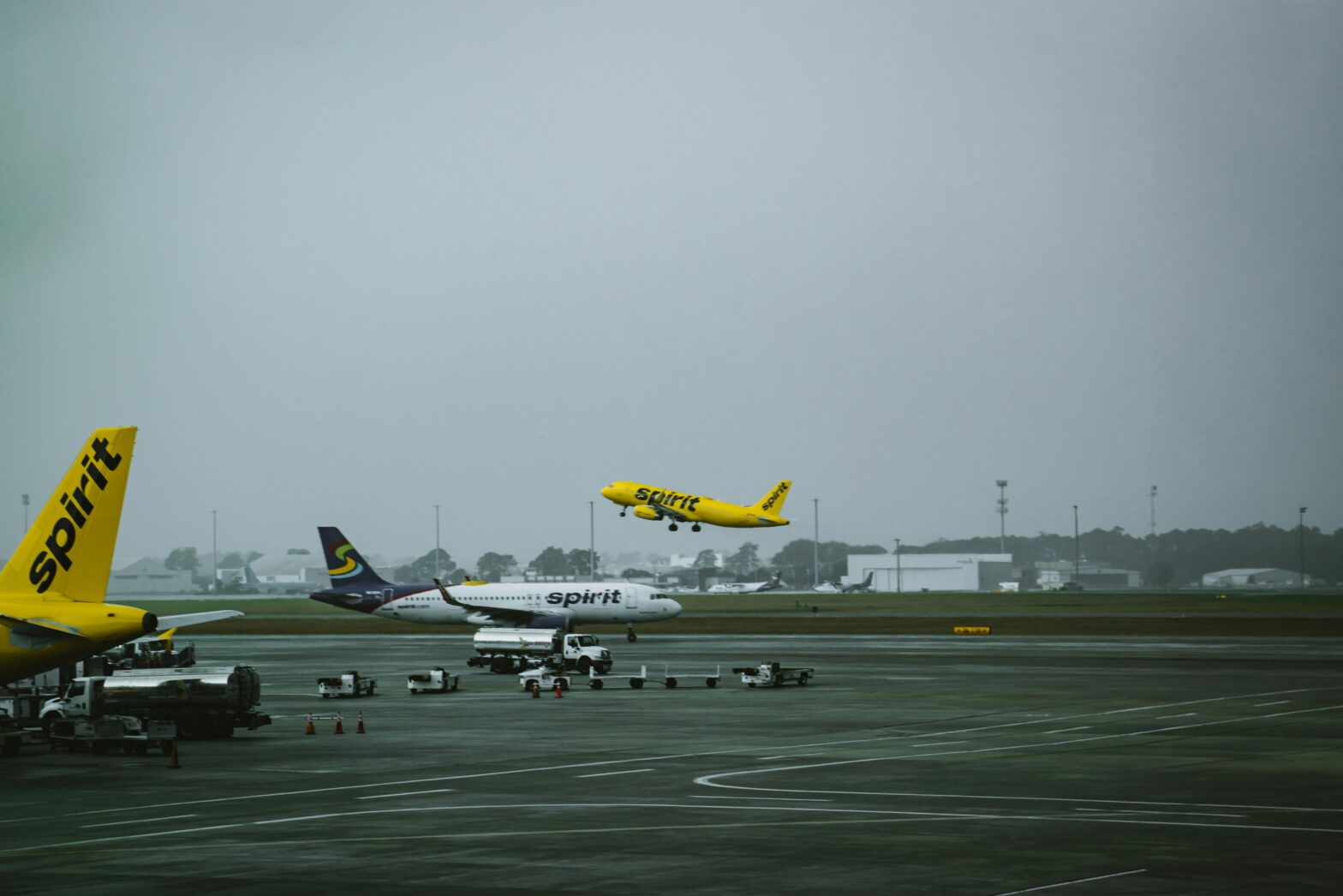Midway through Bolivia, where the Amazon and the Andes meet, is a notoriously beautiful and treacherous path. Officially known as North Yungas Road but more infamously as “The Death Road,” this track has become a magnet for thrill-seekers and bikers from around the globe. But while this road is a bucket-list journey for many, it’s also a no-go zone for others.
A Path With A Past
The Death Road stretches approximately 64 kilometers (about 40 miles) from La Paz, Bolivia’s seat of government, to the Yungas region in the Amazonian rainforest. Constructed in the 1930s during the Chaco War, the road was initially a vital route for transporting goods. However, its narrow path, precarious drops, and lack of guardrails quickly earned it the title of the world’s most dangerous road. Despite constructing a safer alternative route in 2006, the allure of the Death Road for cyclists looking for the ultimate adventure has not waned.
But cycling down the Death Road is not for the faint of heart. The route descends an awe-inspiring 3,600 meters (almost 12,000 feet) from its highest point in La Cumbre Pass to the town of Coroico. This dramatic change in elevation means cyclists start in cold Andean heights and finish in the warm, humid air of the rainforest. The road itself, often shrouded in mist and cloud, winds through stunning landscapes, offering incredible views – if you dare to take your eyes off the path.
Safety First
Given its notorious history, safety on the Death Road is paramount. Over the years, tour companies have stepped up their game. They provide high-quality mountain bikes, helmets, gloves, and even body armor to ensure riders’ safety. Guides are well-trained in both cycling technique and first aid, ready to assist at any moment. Riders are briefed on the importance of maintaining a safe distance from one another. They also receive constant reminders to keep to the left – the mountainside of the road – to avoid the sheer drops on the right.
The trip begins at a chilling altitude of around 4,700 meters, with thin air and a stark landscape. Riders are immediately thrust into a world of extreme contrasts as they descend. Waterfalls splash across the path, and clouds drift so close you can touch them. The vegetation transitions from sparse to lush, enveloping cyclists in the rich biodiversity of the Yungas. It’s a whole sensory experience, with the sounds of wildlife gradually overtaking the silence of the high altitudes.
Beyond the Thrill
But the Death Road offers more than adrenaline. It’s an experience that takes travelers through several of Bolivia’s ecological zones. The route also has a deep history, offering a glimpse into the local way of life in the Andes and the Yungas. Many cyclists stop not just for photos but to reflect on the sheer power of nature and the resilience of those who travel this road daily.
For many, conquering the Death Road is a rite of passage. The combination of natural beauty, the thrill of the descent, and the sense of accomplishment upon reaching the bottom makes this journey unforgettable. It’s a story of facing fears, pushing limits, and embracing nature’s rawness—all on two wheels.
When to Go
For those brave enough to cycle the Death Road, the best time is during the dry season, from May to October. During these months, the chances of rain are lower, reducing the risk of slippery surfaces and landslides. Plus, visibility is generally better, allowing for more stunning views and safer navigation of the road’s many twists and turns. Before embarking on your Death Road adventure, here are a few things to keep in mind:
- Acclimatize: Spend a few days in La Paz to get used to the altitude.
- Pack Wisely: Bring layers for the changing temperatures, sunscreen, and plenty of water.
- Insurance: Make sure you have travel insurance that covers adventure activities.





